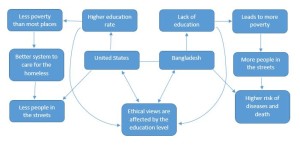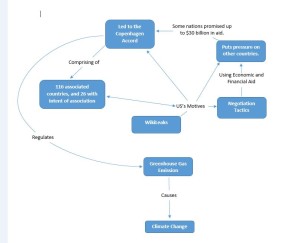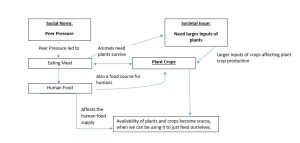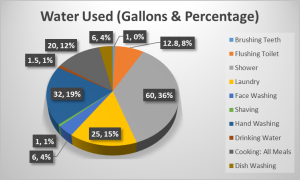- Name a country you’ve visited outside the US, or one that you really want to visit. First paragraph, explain where it is, then in 200-350 words describe the differences in ethical views there and here.
Second paragraph, explain the difference in the urban planning and development. Touch on topics such as, the public transportation system, and business development.
- Part 2—Design a systems diagram indicating how why there are differences between the two nations.
- I’d like to speak on my birth country, Bangladesh. Although I left Bangladesh at a very young age, I did visit when I was a little older to remember how it is. From the moment you step off of the plane, you can tell the difference immediately. It is complete opposite of what we are used to here in the states. Bangladesh is located in South Asia to the north western region of India. The lifestyle there is completely different as the people there still hold on to their ancient traditions to the best as they can. From the moment I stepped out of the airport, I felt like a complete outsider, as I was not used to the way of living there. If we think we see a lot of homeless people downtown, you have no idea how many there are back there. It truly broke my heart to see so many disabled children wondering the streets begging for money. Ethically speaking, you most probably wouldn’t see that here in America. Something would be done to shelter these people so they didn’t have to suffer in the streets. Back there, people walk by and don’t even bat an eyelash. I’ve even witnessed a poor child being kicked by someone just because they were sleeping on the side of a road and the person walking didn’t see them so they tripped over the child. It was obviously the adults fault for not watching where he was walking, but the poor child still got beat and not one single person did anything to stop it. We all know that kind of behavior just wouldn’t be tolerated here. This experience of mine is by no means an attempt to slander the citizens of Bangladesh. There are many kind people that are fighting to help the poverty, but with so many homeless people, there’s little they can do. My main point I was making here is that our ethical views are just different.
- The capital city of Dhaka can be compared to New York City as far as the hustle and bustle part of it is concerned. With businesses on just about every corner, it’s a very popular and extremely busy place. With so many people trying to get around, it is believed by many that walking or bicycling is a better mean of transportation. I myself have been stuck in traffic in a car for two hours for a 5 mile commute. It’s truly ridiculous. The roads aren’t just filled with cars and busses that we’re use to here. They have other means of public transportations as well for cheaper rates known as rikshaws and auto-rickshaws. A rickshaw is basically a big tricycle with a seat for 2 in the back, although it is very likelt you’ll find 3 or even 4 sometimes to a cart. The auto-rikshaw is basically the same thing, but can travel faster since it has a motor attached to it. Due to so many of these, and horrible traffic control, the roads are constantly congested.

My diagram is trying to illustrate the differences in lifestyle and ethical between Bangladesh and America. As you can see the first distinction I am attempting to make is the level of education. I personally believe that this stems to the greater problem in Bangladesh. The lack of education leads to more poverty, also leads to the way of thinking. I put the two countries name side by side and have arrows coming out from them indicating the differences.




